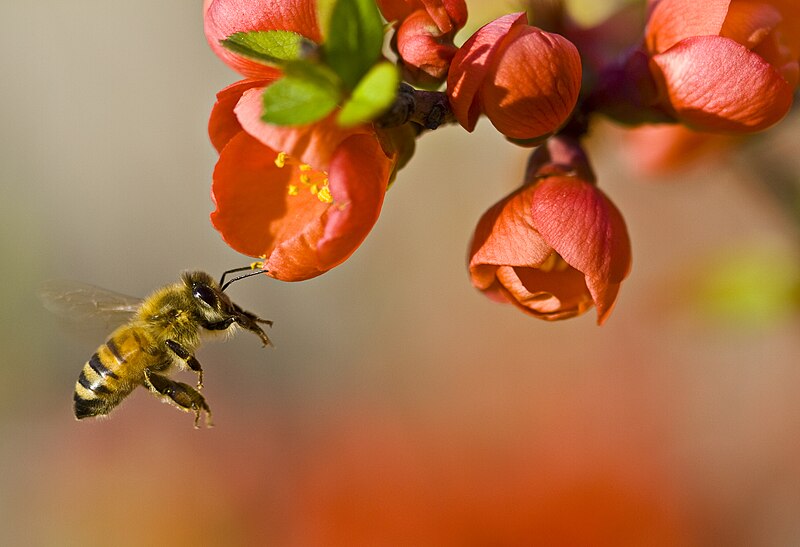These are just books that have accumulated on my desk and haven't made it to the bookshelves yet--from modern deconstructions of the food system to older books about food security. One in the latter category is:
The Home Vegetable Garden (Small holdings series-No. 2) produced by the Canadian Legion Educational Services, and published in 1945.
This book was apparently the second in a series of courses designed to train people in how to maintain a small holding. It starts out with stating that a quarter to a third of an acre should suffice to produce sufficient vegetables for fresh table use, canning, drying, and storing.
"Though a home garden, in most cases, will not provide the grower with a cash income and is not intended to, it will prevent the necessity of a very considerable cash outlay, it contributes to self-sufficiency, and of course 'a dollar saved is a dollar earned'."
It's a terrific little volume of about 175 pages, with chapters on general planning, bulb crops, perennial vegetable crops, potatoes, etc, with a short quiz at the end of each chapter. There's also information on storage of fresh and canned veg and disease control, and the whole is intended as a course at the end of which you've submitted an exam to be marked, and then you continue into the next course in the series.
Some of the info, like the recommendation to burn all plant trash at the end of the season (to help manage pests and disease) may have been superseded by the recommendation to compost everything (with the note that a good compost pile will heat up enough to sterilize weed seeds and kill pests), but things like how to build a temporary hotbed or coldframe are still quite valid. (A hotframe is a sprouting bed build over composting horse manure, which provides a warm environment to promote seedling growth. A coldframe is a small space that relies on passive solar to harden off early crop seedlings). Most interesting are the descriptions of various heritage seeds and what their strengths and weaknesses are. Some of these varieties are still available from places like Jim Ternier's Prairie Garden Seeds or West Coast Seeds in Canada. Overall, an excellent self-educator.
 |
| image via Michael Pollan |
Michael Pollan's Food Rules: an eater's manifesto was the follow-up to In Defense of Food and is a collection of short epigrams to help the modern eater manage to supermarket jungle. "Avoid food products that contain more than five ingredients" is a perfect example; most processed, highly- or over-processed foods will contain more than five preservatives. This helps you remember to follow another epigram: "Shop the peripheries of the supermarket and stay out of the middle." Because the outside is where you find food--vegetables, meats, eggs, dairy. The aisles are where you find the over-processed near foods. The book is divided into sections that reference the summation of In Defense of Food: Eat food. Not too much. Mostly plants. Which is still darned good advice.
 |
| Image copyright Random House |
The Hundred Mile Diet: a year of local eating by Alisa Smith and J.B. MacKinnon is very close to my heart. This book is as local as the diet they tried to stick to for a year. Packed with history, local colour, and the terribly engaging story of their decision to attempt to eat within an arbitrary perimeter for a year. That seemingly simple decision caused shock-waves around the world. It is partly because of this book that British supermarkets began tagging their goods with "food miles" stickers. The "grow local, buy local" movement got an enormous jump-start from this accessible and amusing read. In Canada, it lead the authors to the "Hundred Mile Challenge" television show and a remarkably down-home celebrity. Great writing+great concept+excellent timing=maximum impact.
The Story of Sushi: an unlikely saga of raw fish and rice by Trevor Corson (previously titled The Zen Of Fish, a fact I have to remember when I'm in the bookstore) is more than just a great bit of journalism. It's also where I see the non-fiction book evolving to--the after material contains extensive source notes, bibliography, index, and two brief bios of the author, a behind-the-scenes essay with a number of candid photos of the people we met in the books pages, an essay on the book tour on the books first release, and links to both the book and author's online presence (which is quite an extensive website and should serve as a template for any serious author in the digital age).
So that's pretty much a random grab.



.svg/800px-Instrumental_Temperature_Record_(NASA).svg.png)







